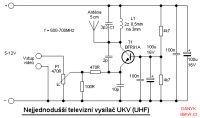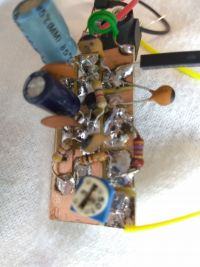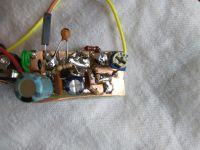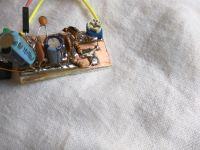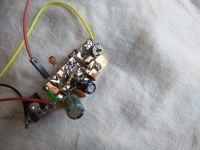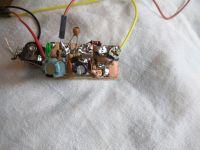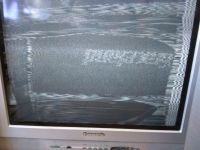Garyl
Full Member level 5
I have designed a VCO with avaricap for tuning from 175MHz-203MHz.It's quite low noise oscillator and stable in simulation.
If you would , I can post schematic here.It would be a practical experience for you.
Hey, it would be great, please post the schematic if you can! Can you explain also how would I use that?
I certainly did not give up.
I have tried again with modified schematic (BC547):
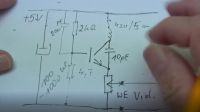
this is from this video:
https://www.youtube.com/watch?v=Qrbb5TgZUi8
this guy has removed few parts, including DIODE and capacitor from the schematic from first post and still had a good quality with 5V supply....
I tested it, it seems to give a slightly better results, but the screen is still tearing or very not readable.


